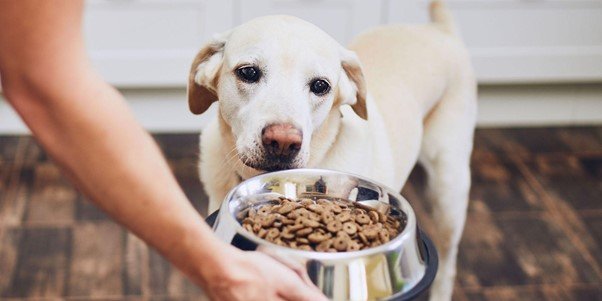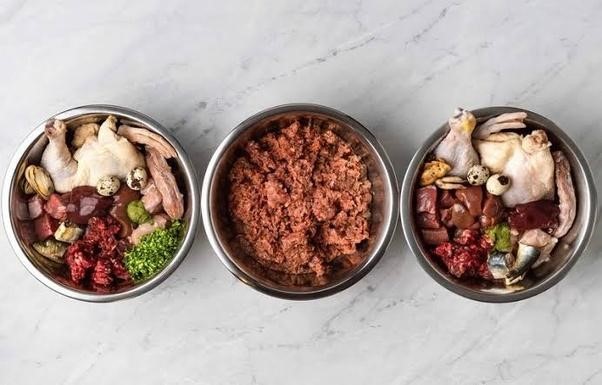Navigating the Complex Regulations and Requirements for Importing Pets to Singapore

A Comprehensive Guide to Pet Import in Singapore: Rules, Regulations, and Requirements
Bringing a pet to Singapore can be a daunting task, but with the right knowledge and preparation, it is possible to ensure a stress-free journey for you and your beloved pet.
With the help of this comprehensive guide, you will gain insight into the rules and regulations surrounding pet import in Singapore as well as important precautionary measures to bear in mind when traveling with your pet.
Pet Import Rules and Regulations
The Ministry of National Development (MND) is responsible for overseeing the import and export of pets in Singapore. All pet imports into the country are subject to their regulations, which include a mandatory quarantine period as well as documentation requirements.
In order to gain insight into the specific regulations, it is essential to visit the MND website.
What Pets are Prohibited in Singapore?
Some pets are prohibited from entering the country due to their potential for posing a risk to human health or the existing animal population.
The list of prohibited pets includes some species of reptiles, amphibians, and birds, as well as certain breeds of dogs and cats.
The Process for Bringing a Pet Into the Country
If you plan to import pet to Singapore, it is essential to familiarise yourself with the relevant processes. Before traveling, an application must be made through the Agri-Food & Veterinary Authority (AVA).

Following approval, you will then be able to proceed with the quarantine and documentation processes.
Necessary Documentation for Imported Pets in Singapore
In order to successfully bring a pet into Singapore, it is important to have all the necessary documentation.
This includes a completed application form from AVA, as well as an import permit issued by AVA, an official health certificate issued by the relevant veterinary authority in the pet’s home country, and a valid rabies vaccination certificate.
Vaccination Requirements for Imported Pets
All pets entering Singapore must be vaccinated against rabies and other diseases that are endemic to their country of origin. The required vaccinations must be administered at least 30 days prior to the pet’s departure for Singapore and must be verified by a valid certificate from the relevant veterinary authority.

Precautionary Measures to Take When Travelling with a Pet to Singapore
When traveling with your pet, it is important to take certain precautionary measures in order to ensure a safe journey.
This includes ensuring that the pet is properly secured in its cage or kennel during transport and providing them with ample food, water, and rest stops along the way.
Additionally, it is important to be aware of any restrictions imposed by airlines when traveling with a pet as well as their policy for handling pets on board.
FAQs on Pet Import in Singapore
Are there any restrictions on the types of pets allowed in Singapore?
Yes, certain species of reptiles, amphibians, and birds as well as certain breeds of dogs and cats are prohibited from entering the country due to their potential for posing a risk to human health or the existing animal population.
Are there any vaccination requirements for imported pets?
All pets entering Singapore must be vaccinated against rabies and other diseases that are endemic to their country of origin.

All pets entering Singapore must be vaccinated against rabies and other diseases that are endemic to their country of origin.
What documentation is necessary for importing a pet into Singapore?
In order to successfully bring a pet into Singapore, it is important to have all the necessary documentation, including a completed application form from AVA, an import permit issued by AVA, an official health certificate issued by the relevant veterinary authority in the pet’s home country, and a valid rabies vaccination certificate.
Conclusion
Bringing a pet to Singapore can be a complex process and requires careful planning in order to ensure that all the necessary requirements are met. It is essential to familiarise yourself with the relevant regulations and processes in order to avoid any potential delays or issues.
Additionally, it is important to ensure that you have all the required documentation and that your pet meets any applicable vaccination requirements.
By understanding what is necessary, you can be sure of a smooth transition for you and your pet.
Learn more.
Navigating the Complex Regulations and Requirements for Importing Pets to Singapore Read More »


















